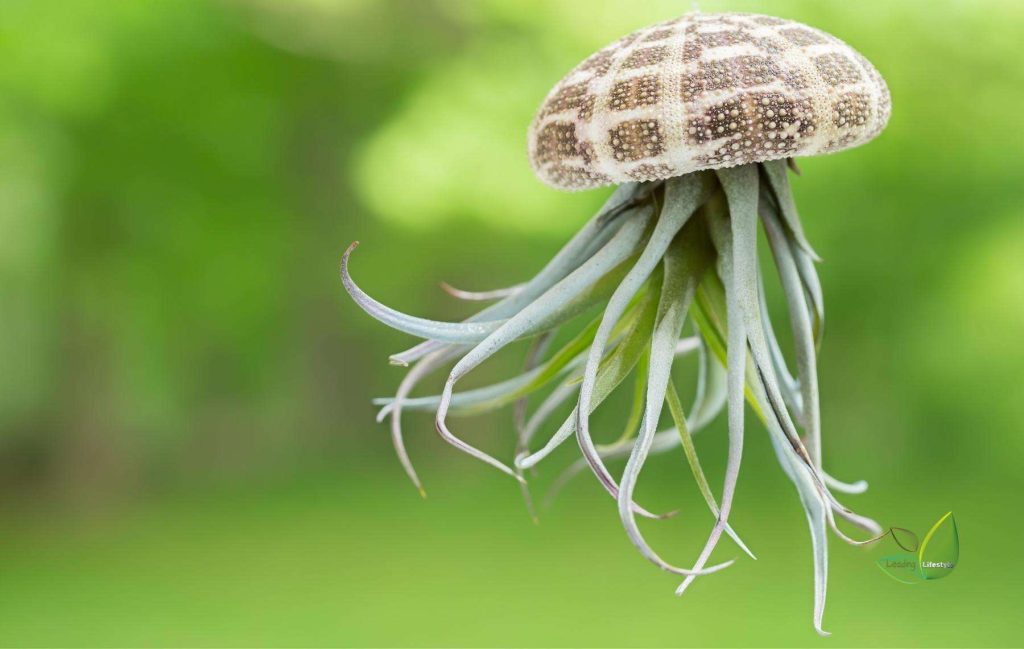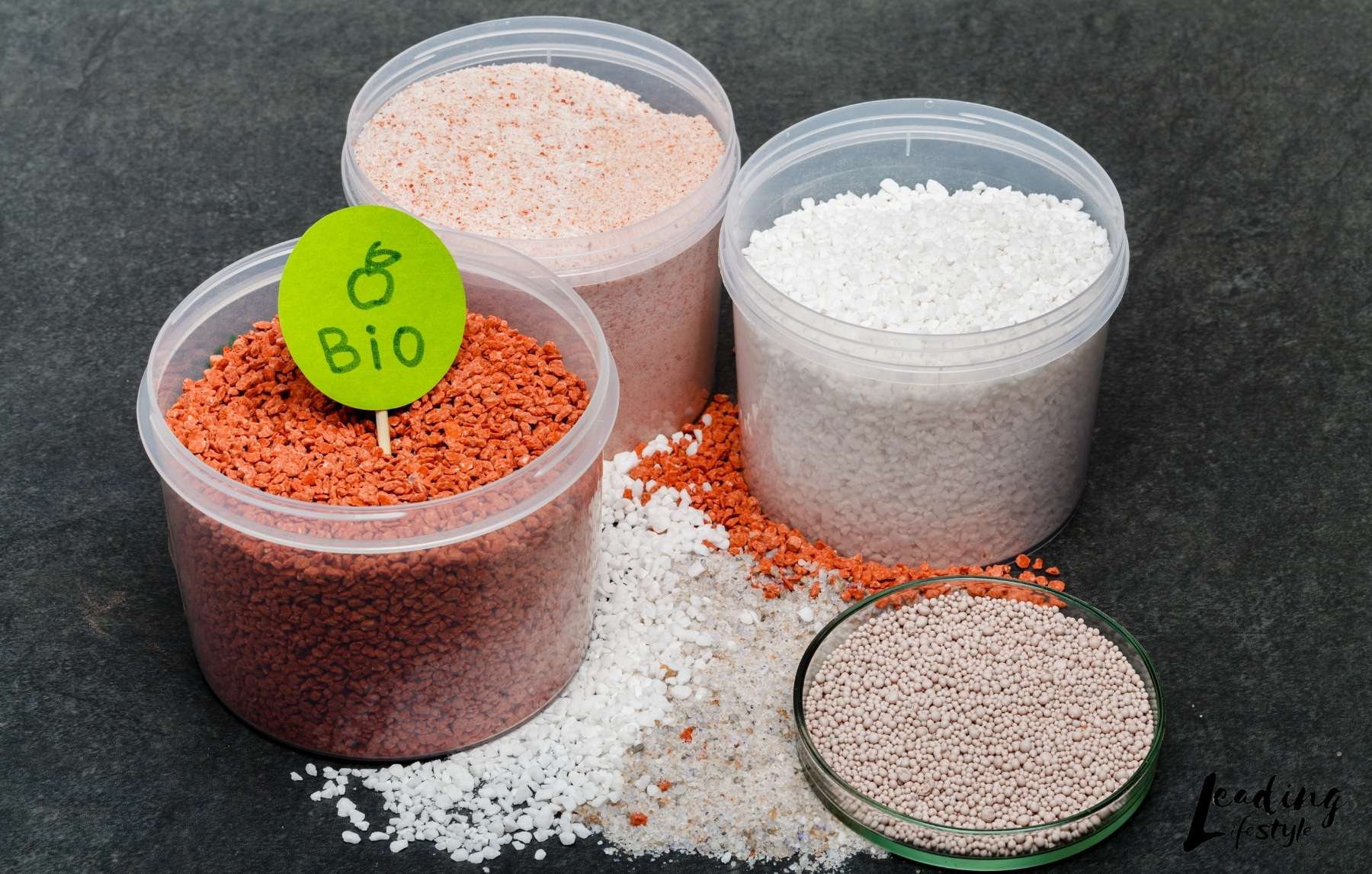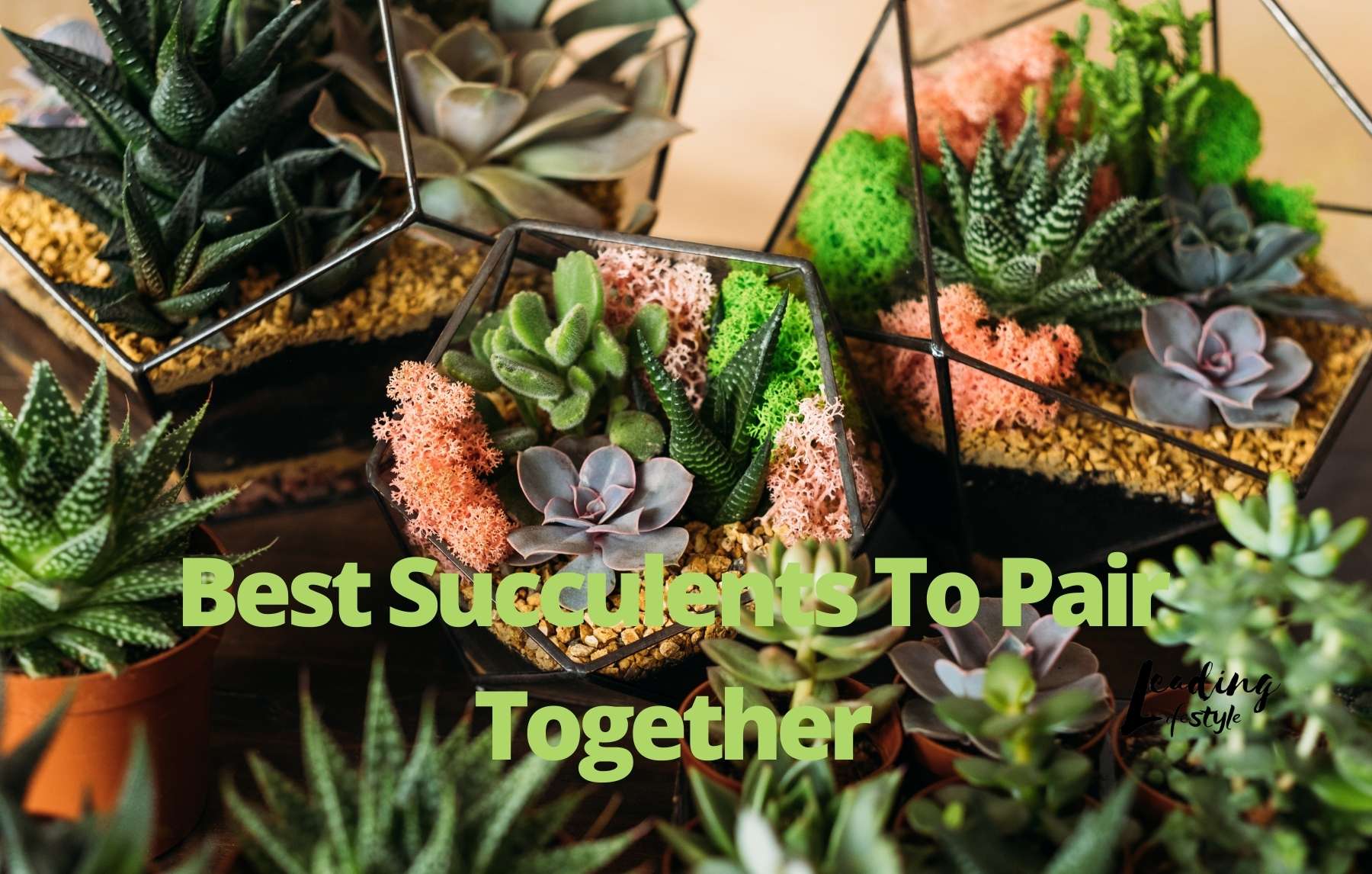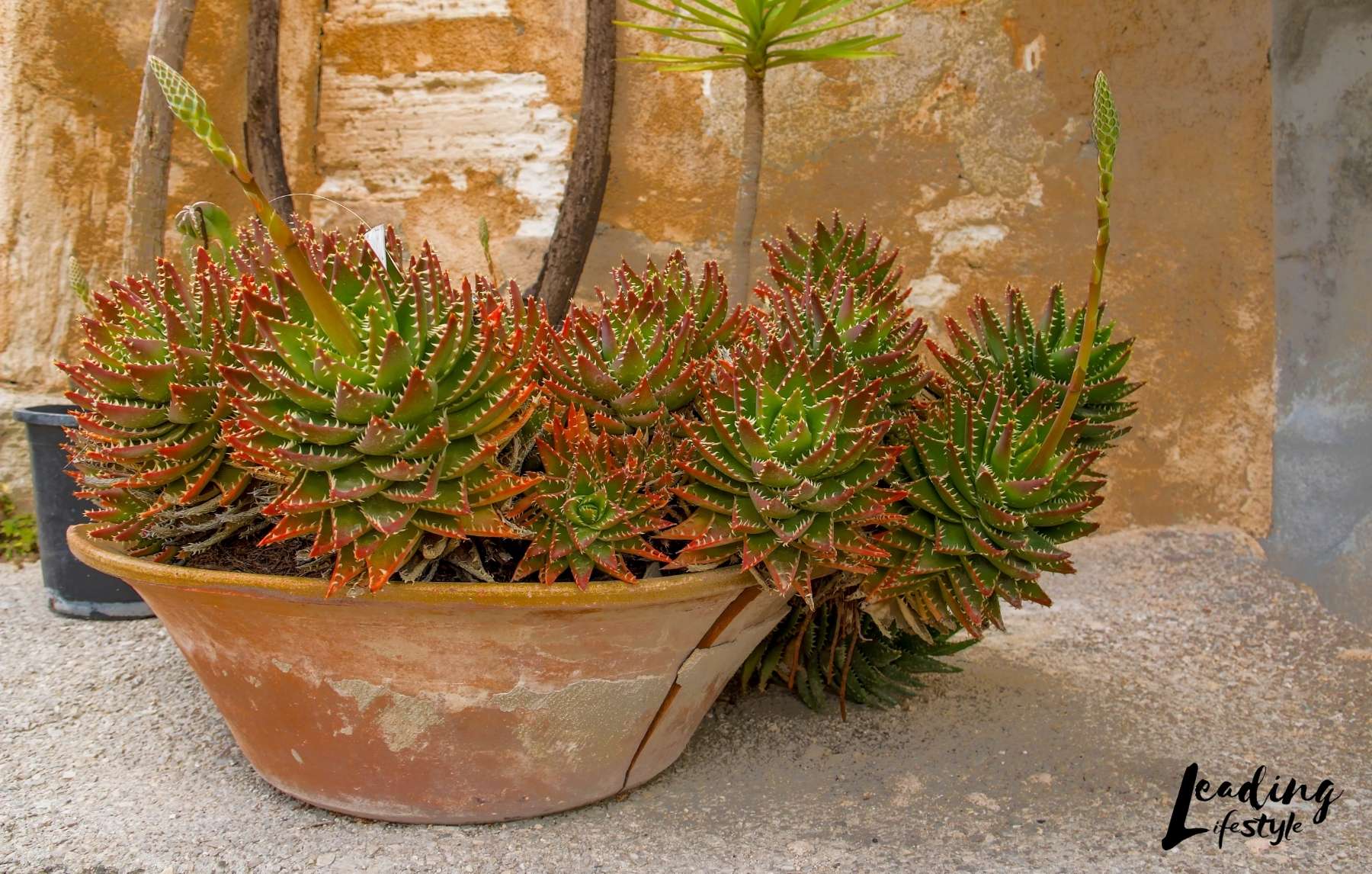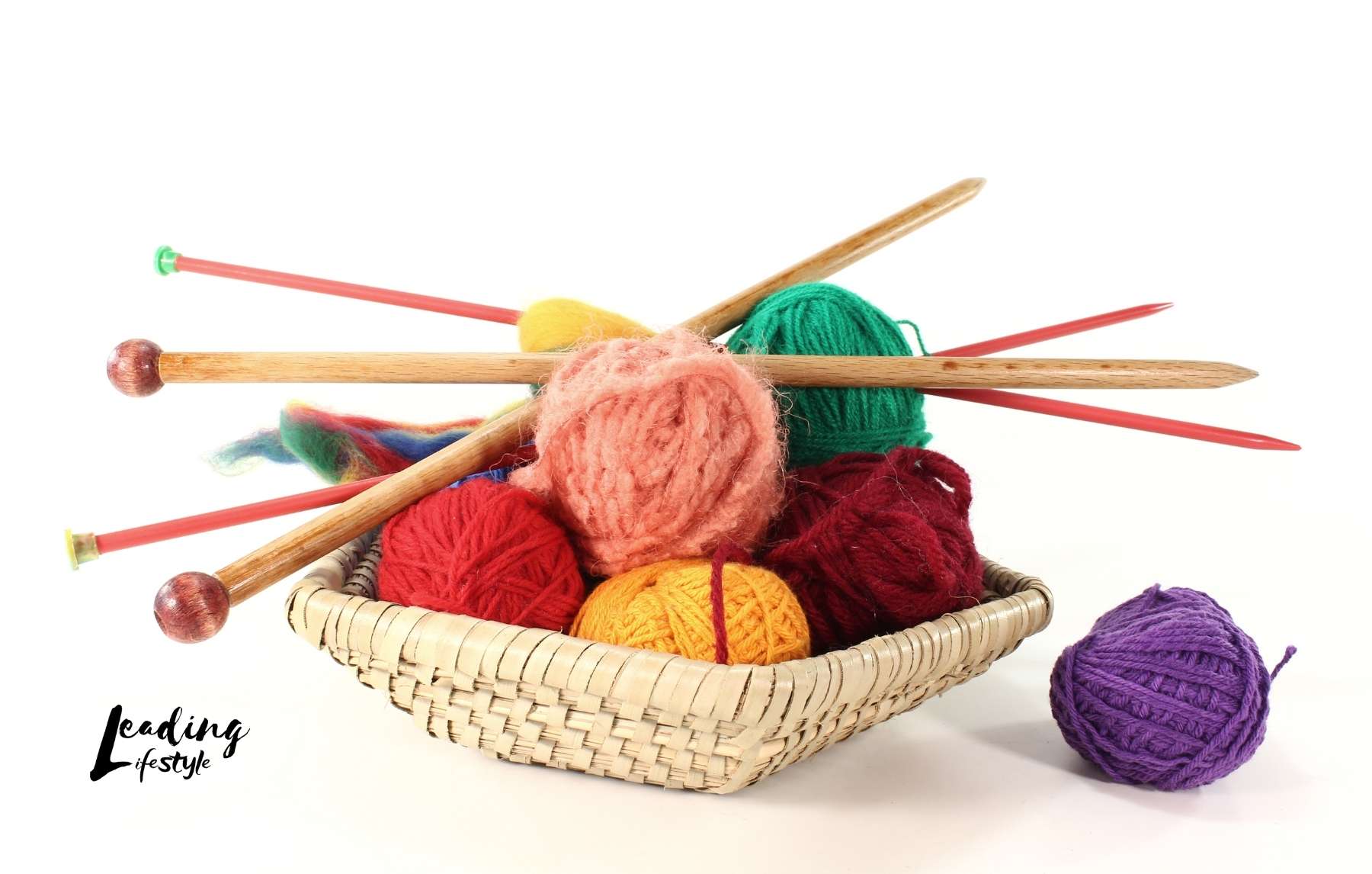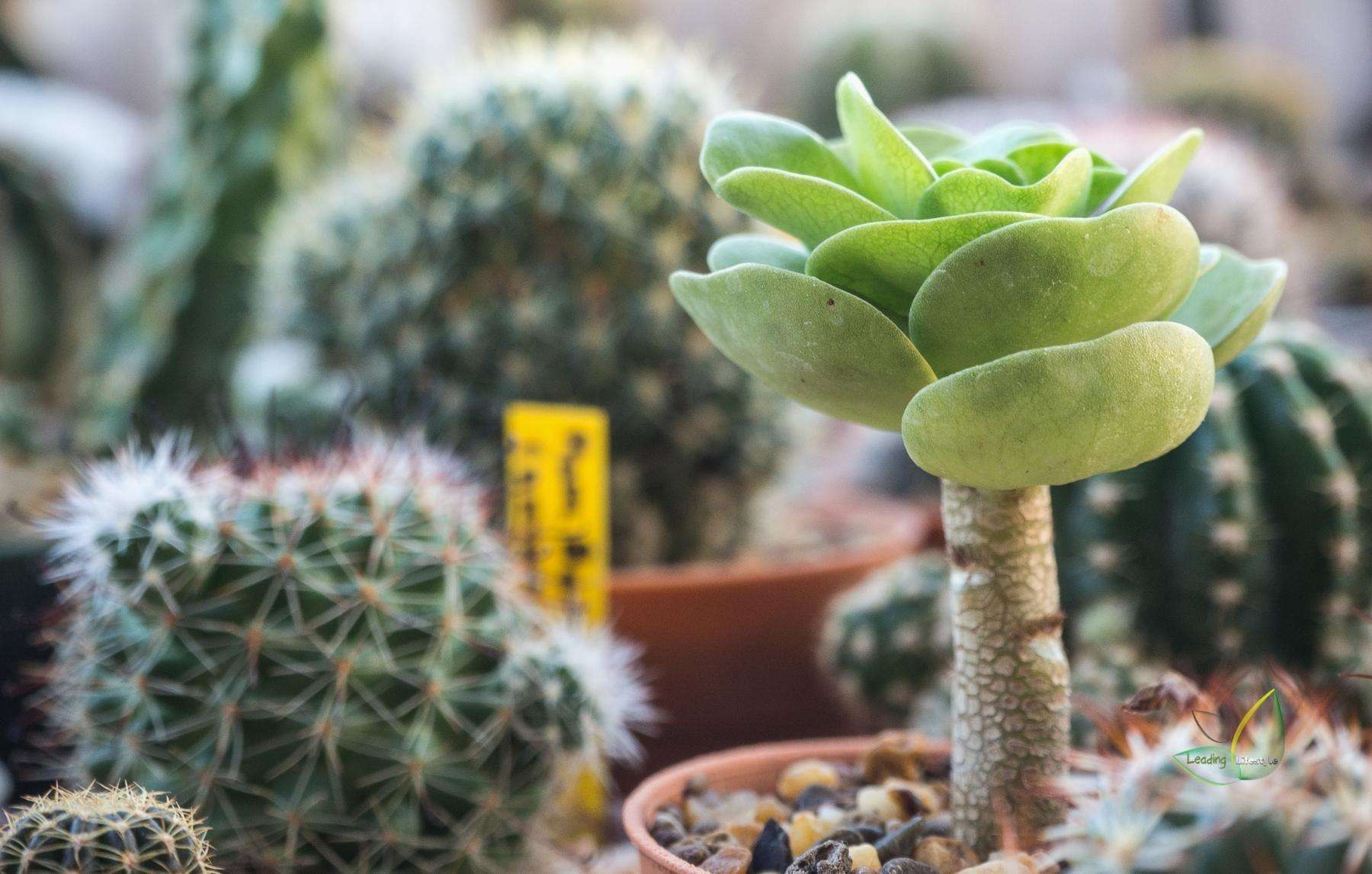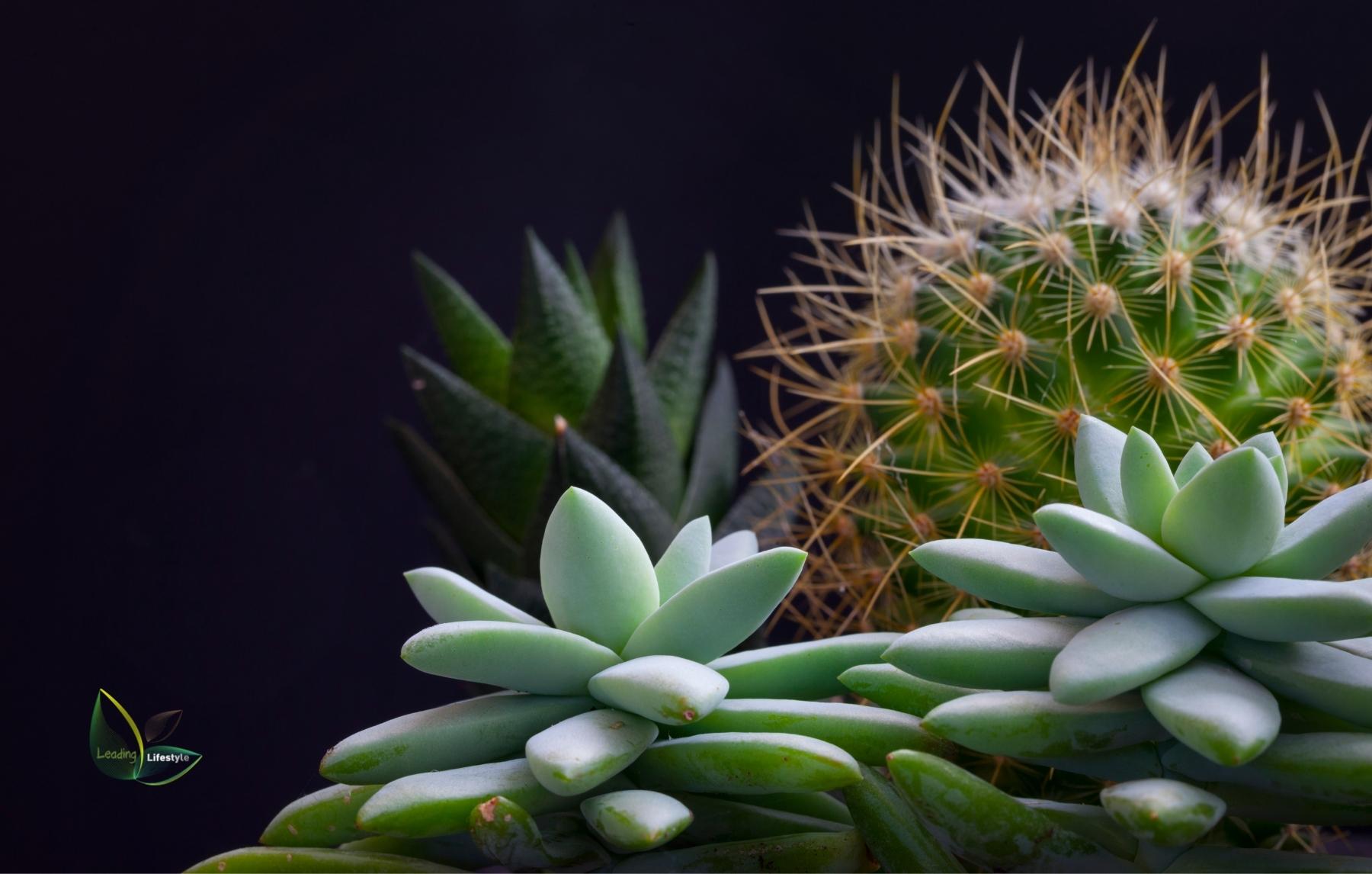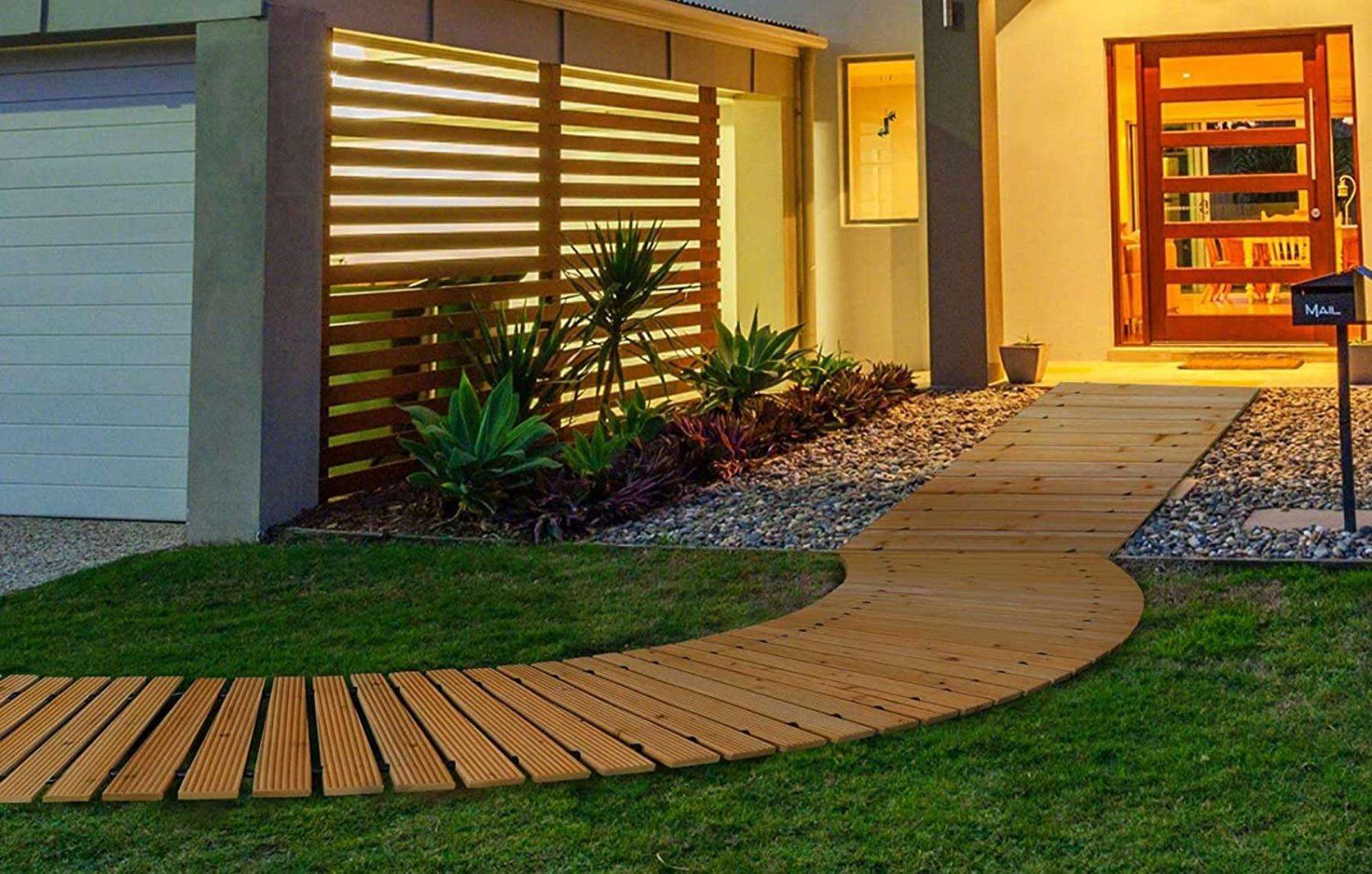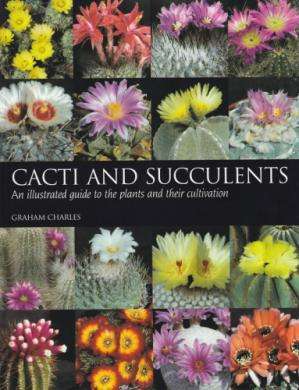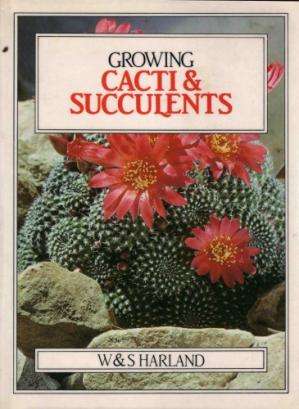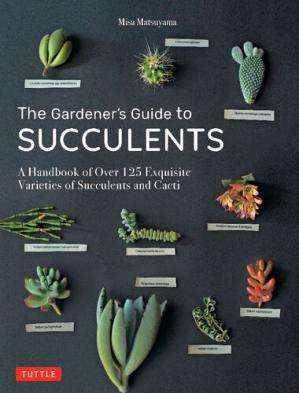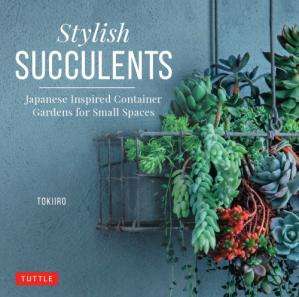This winter, will you spend more time at home? Want to make your living space more interesting by adding some new plants? The trailing Air plant is the only item to consider (Tillandsia).
These unique plants look like sculptures, go with any style, and don’t need soil to grow.
You’ll love this South American native’s fuzzy edges plant.
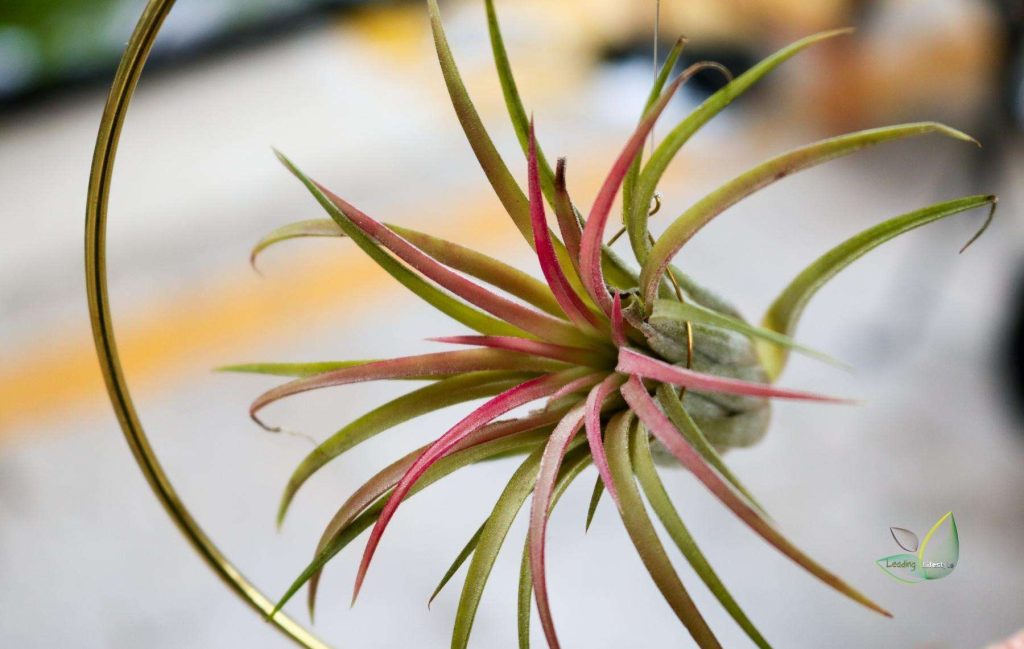
Air plants are now popular as houseplants because they are cute, small, easy to grow, don’t need soil, and can grow with little light. “Pets” that are fuzzy, furry, spikey, or trailing are unique and stand out.
Trailing Air plants look like they crawled out from under the sea or were dropped from a UFO. They have a rosette of spiraling leaves that can be fuzzy, curly, or spikey, and their colors range from green and silver to peach and red.
What is a trailing air plant?
These plants grow above the ground in nature, with their roots anchored to rocky cliffs and tree branches. They might cling to a tree for support, but they don’t get any food from the tree. This makes them epiphytes, not parasites.
Tillandsias can be found in over 600 species and varieties in the Bromeliad family.
The plants are frost tender and native to the southeastern United States, Mexico, Central America, and northern Argentina. The ideal temperature range for them is 60 to 80 degrees.
They can be grown outside all year in warm climates. They can spend the summer outside in the shade, away from direct sunlight in colder places.
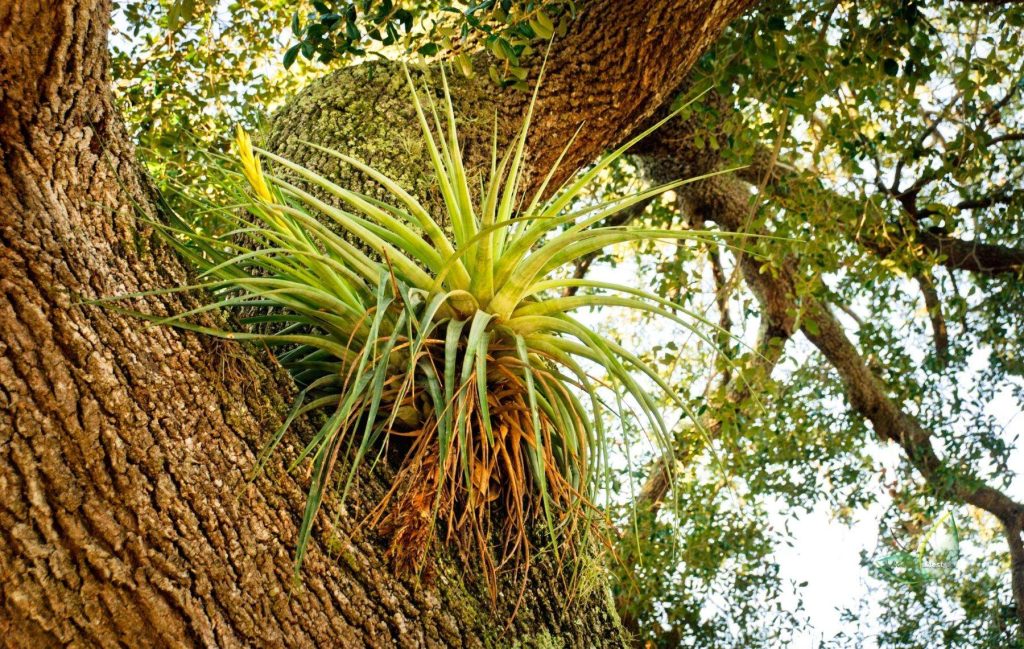
Trailing Air plants are an excellent choice for unique home decor or something to brighten your mood! These strange plants grow by absorbing water and oxygen through their leaves.
Because they don’t require soil, there’s no need to be concerned about them becoming root-bound or over-watered.
Most air plants only occasionally require a light misting of water; all you need is patience (and a little bit of green thumb). You can find a trailing air plant that suits your needs, as they come in various sizes and shapes.
The Simple Guide to Growing and Caring for trailing Air Plants
Since they don’t have to be stuck in the ground, they can be displayed in many different ways. Attach them to a tree branch, driftwood, or slab of bark with floral wire.
You can stick them to a wall or other surface with hot glue, Velcro, or liquid nails. You can easily hang them in a window by wrapping wire or string around the bottom a few times, or you can put them in any container with a hole the right size, like a candlestick, a seashell, or an egg cup.
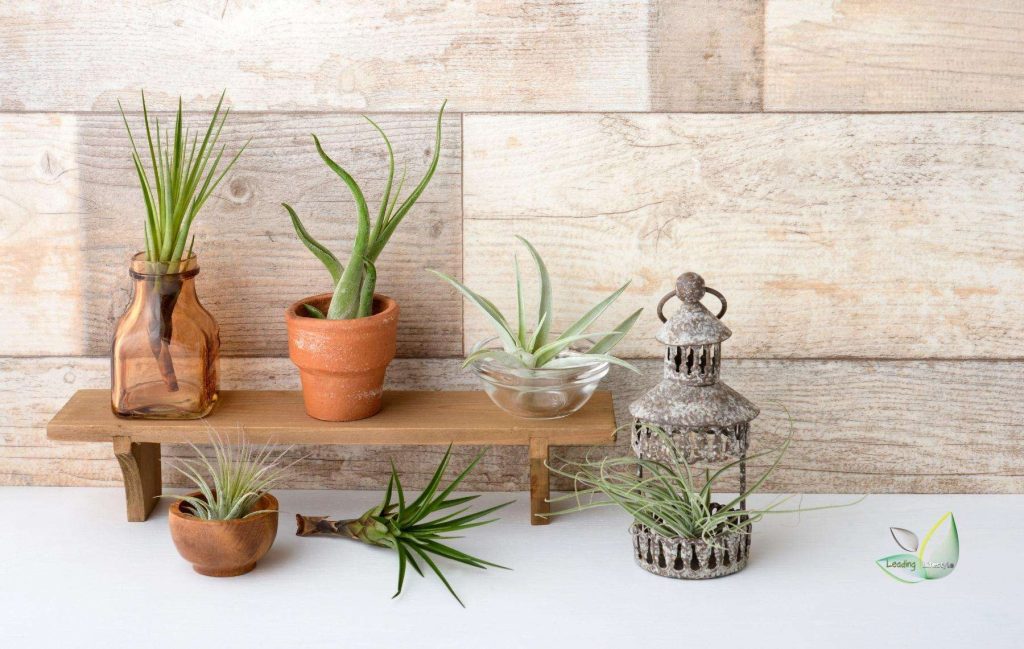
There are a lot of options. Do not place them on a dark shelf; they require bright indirect light or sunlight with a filter.
Sunburn can occur if they are exposed to too much direct sunlight. Varieties with silver leaves can handle more sun than ones with green leaves.
How to grow an air plant?
If you enjoy plants but dislike watering them or keeping them in the house, air plants are ideal! These plants grow quickly and require little water or maintenance, only light and humidity.
When you’re ready to remove your air plant from its container, gently pull off the roots – don’t force it! Once it’s in a pot or tank, lightly water it and place it in a light, airy location.
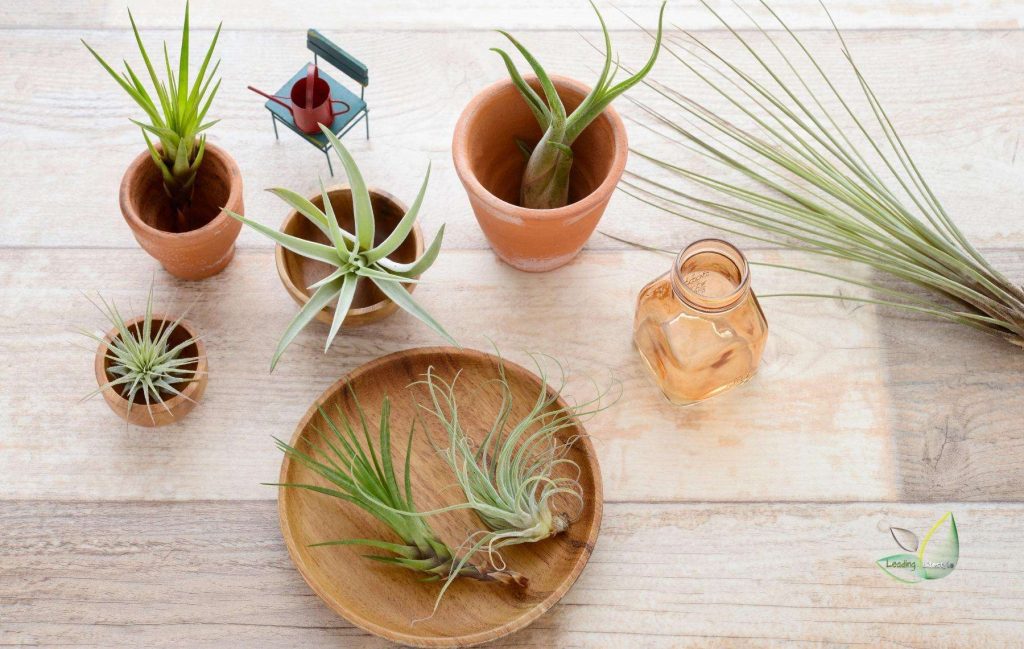
Air plants require high humidity and lots of light to thrive, making them ideal for any room in the house.
Air plants are carnivorous and will consume small insects or other small animals.
They’re also houseplants that don’t require much fertilizer but appreciate a little water now and then.
Overall, air plants are low-maintenance houseplants ideal for those who enjoy plants but dislike watering or caring for them.
What are the different kinds of Air plants?
Air plants are a fantastic addition to any home. They are not only visually appealing, but they also have numerous advantages.
If you want to add air plants to your home, you should know the various types and how to care for them. Spider plants and philodendron plants are two popular choices.
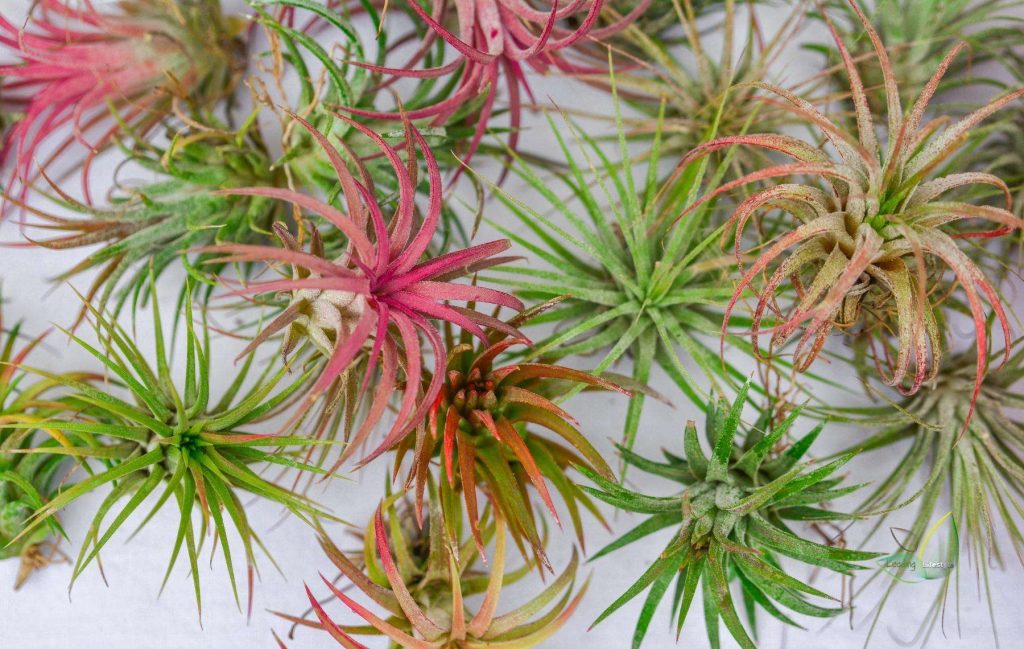

Get the right one for your house and needs by learning about the available options before you buy.
Air plants require very little water – just a tablespoon per week – and prefer indirect or complete darkness. Once you’ve obtained the plant, it’s critical to start with new environment and place it in the desired location.
Be patient – it takes time for air plants to grow and mature, so be prepared to wait a few months.
Do air plants need light?
An air plant is one of the most attractive houseplants you can have, and it adds a touch of luxury to any room. They come in various sizes and can thrive indoors and outdoors. But before you bring one home, you should know a few things about air plants, such as whether they require light.
All the information you need to know about the lighting conditions air plants require is as below:
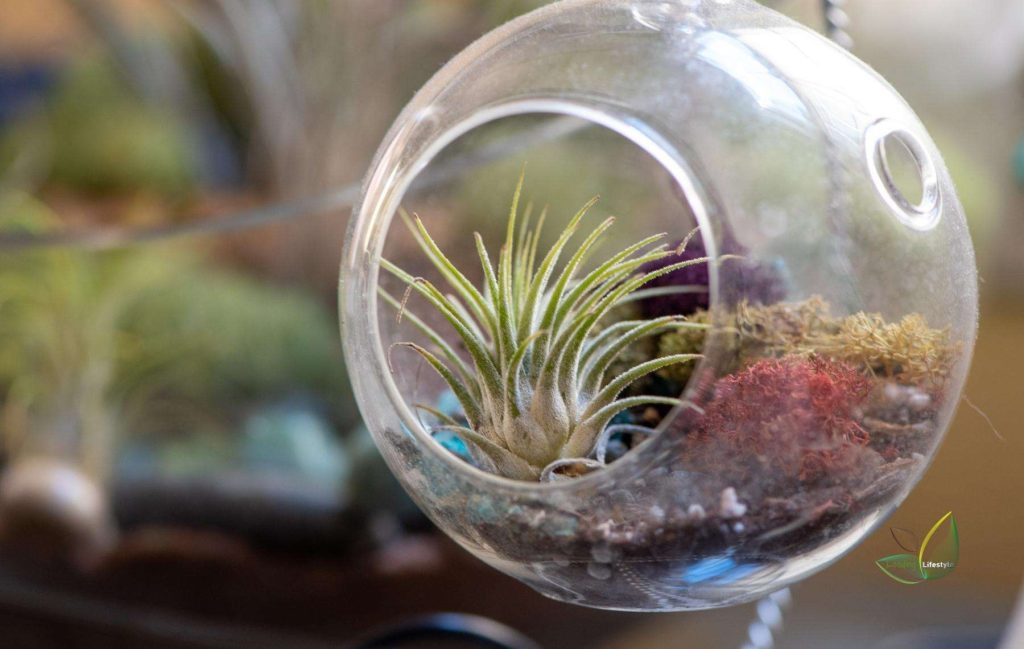

Although air plants do not require light to grow, they require air and water to function properly. Placing the plant in a desirable location will ensure adequate light and humidity.
You must provide both of these things to keep your air plant healthy.
Although air plants do not require light to grow, they require air and water to function properly. Placing the plant in a desirable location will ensure adequate light and humidity.
You must provide both of these to keep your air plant healthy.
How hard is it to take care of air plants?
Is it simple to care for air plants? If you think they’re difficult to keep, you’re mistaken! The care and maintenance of air plants are minimal, making them a great option for those new to keeping houseplants. They prefer high light and humidity levels, so ensure your home has both.
They do, however, necessitate the presence of water and light. They don’t need much else in terms of maintenance.
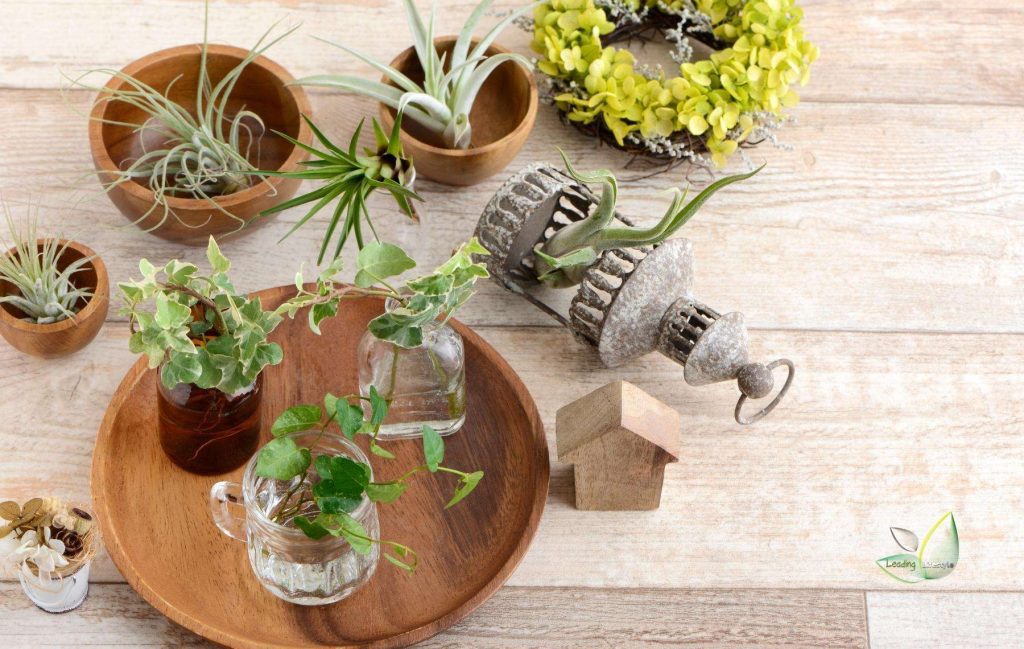

Air plants are simple to grow if you have a window that receives direct sunlight throughout the day. Just make sure they get enough light and water regularly. Air plants are ideal for adding color and fresh air to any room!
Are air plants toxic?
You will be happy to hear that…
Tillandsias, which are also known as “air plants,” are not poisonous. Air plants are not dangerous for people or their pets, like dogs, cats, and rabbits.
There is no evidence that air plants are dangerous. There are more than 650 types of Tillandsias, and none of them are harmful to children or pets.
Also, neither people nor animals have been shown to be allergic to air plants. The Tillandsia genus makes it easy for even people with severe asthma to breathe.
Both pets and kids are safe around air plants. There’s nothing to worry about if your cat or dog nibbles on them.
If your pet eats something and doesn’t get sleepy or act strangely within 6 hours, it should be fine.
How do I choose the right type of air plant?
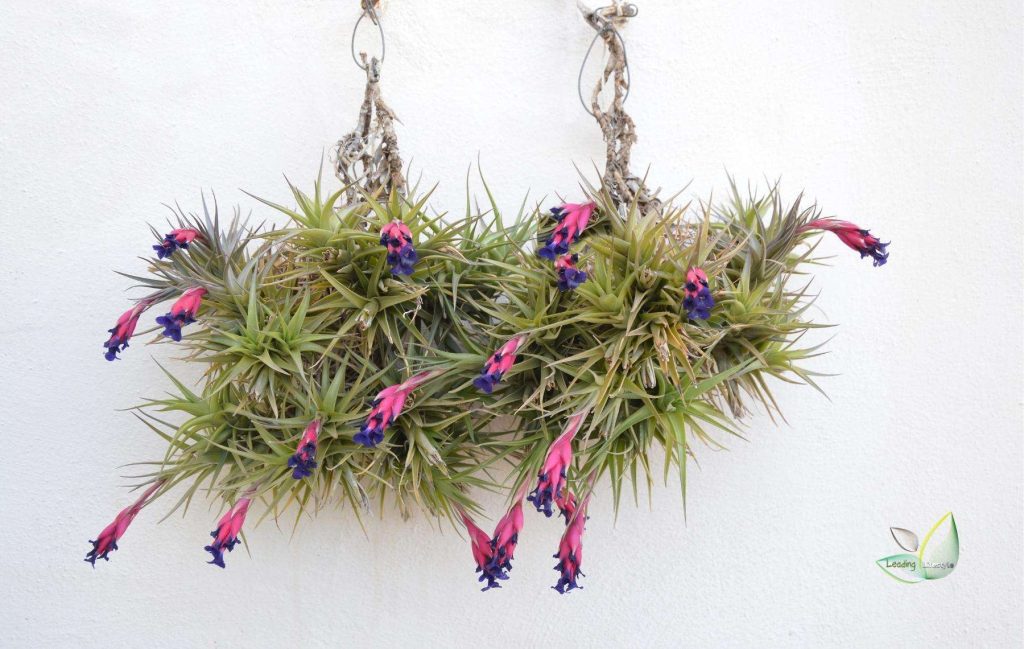

Air plants are an excellent addition to any home, adding a natural, airy feel that can be used to spruce up any room. If you’re considering getting one, ensure you get the right one.
Here, we’ll go over a few of the most widely-renown air plant species currently available. Both seasoned aficionados and those just venturing into the world of air plants seem to have a soft spot for these top 10 best-sellers.
- 1. Xerographica
This large plant grows slowly but is very popular. It grows naturally in Guatemala, Mexico, and El Salvador. This large, stately plant has a full, striking sphere shape, and it can handle more sun and less water than most air plants.
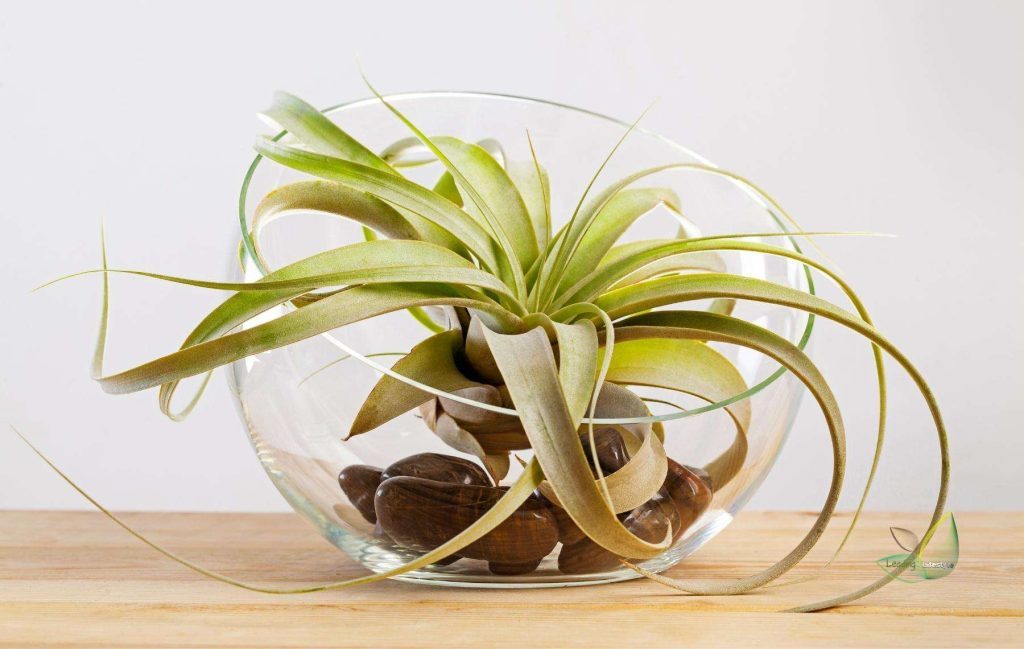

- 2. Ionantha
The T. ionantha is one of the most popular air plants for terrariums. It is a hardy type that is liked for its unique spiky shape and range of sizes. There are many different kinds of T. ionantha, such as the T. ionantha guatemala, T. ionantha rubra, T. ionantha mexican, T. ionantha vanhynigii, T. ionantha fuego, and many more!
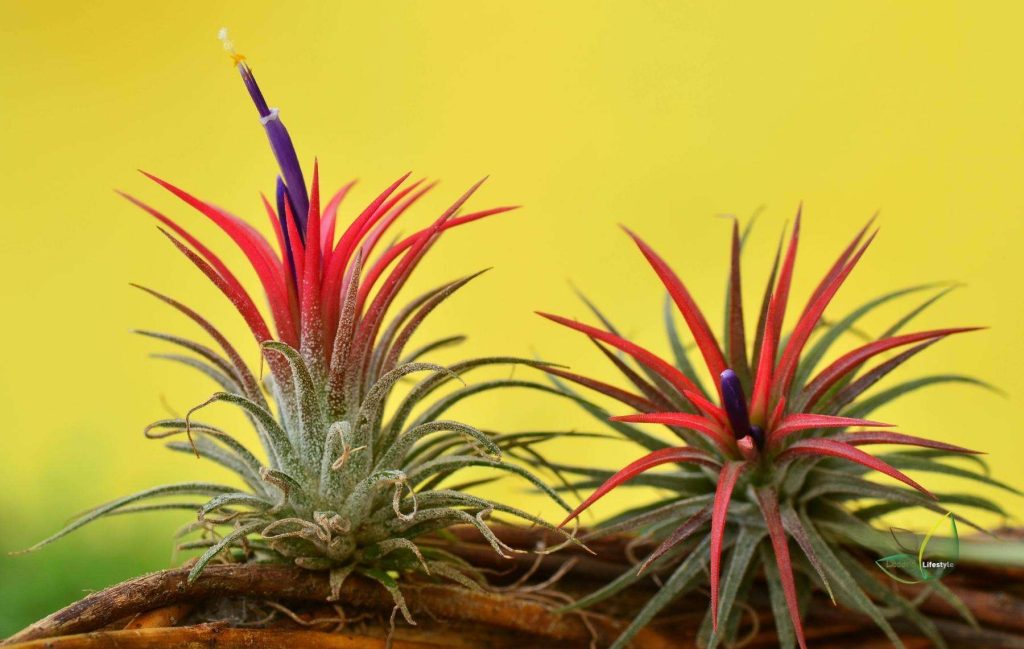

- 3. Stricta
The Tillandsia stricta is a type that grows naturally in many different climates and environments. This makes it easy to take care of and perfect for people who are just starting out. The bright green leaves of these plants are matched by beautiful pink flowers.
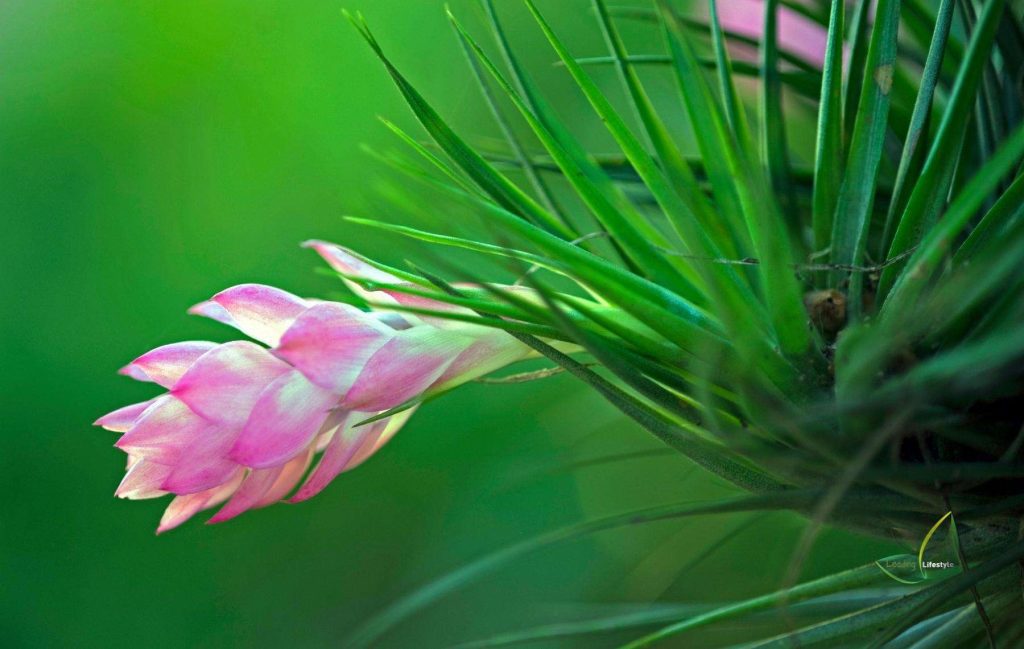

- 4. Brachycaulos
The Tillandsia brachycaulos is one of the most common air plants and easily crosses with other types. It grows in many different climates and is very flexible, which makes it a great air plant for beginners.
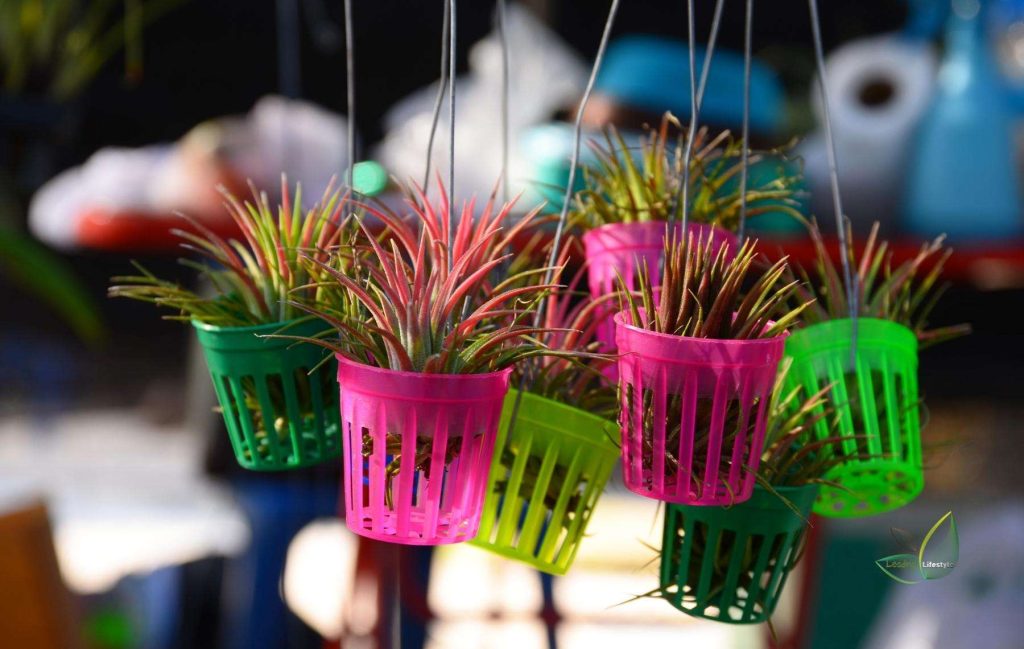

- 5. Aeranthos
The Tillandsia aeranthos is another easy-to-grow air plant for first-timers. This beautiful air plant comes from the southern parts of Argentina, Uruguay, and Brazil. It has beautiful pink flowers, and it’s easy to make pups from them.
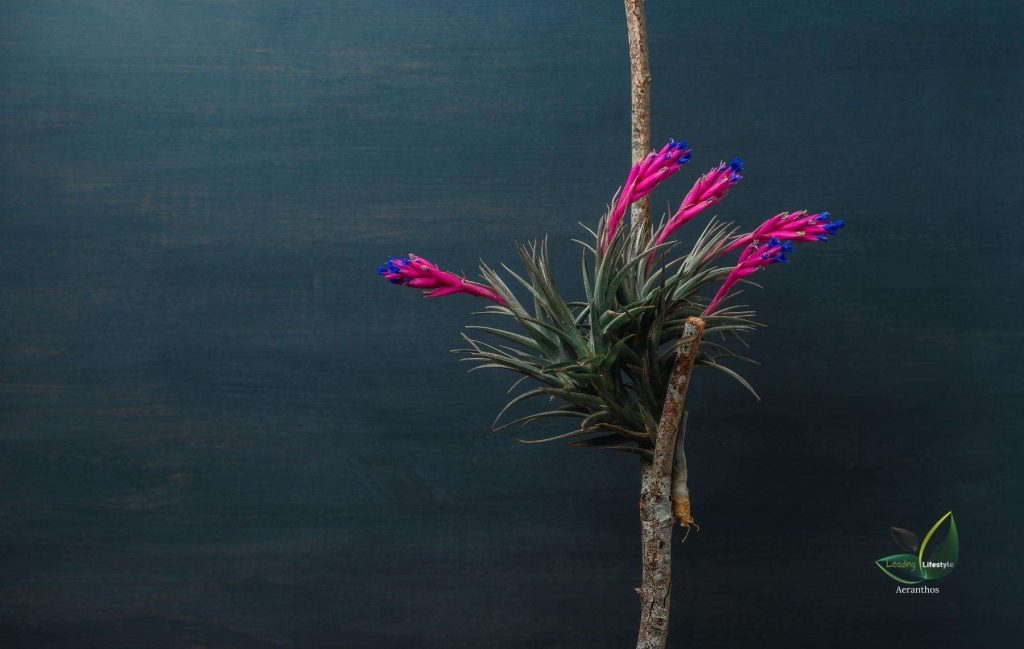

- 6. Capitata
The T. capitata has soft leaves and can grow to be quite big over time. Collectors want it. This is another plant that can grow both in trees and on rocks in the wild. It has many beautiful hybrids.
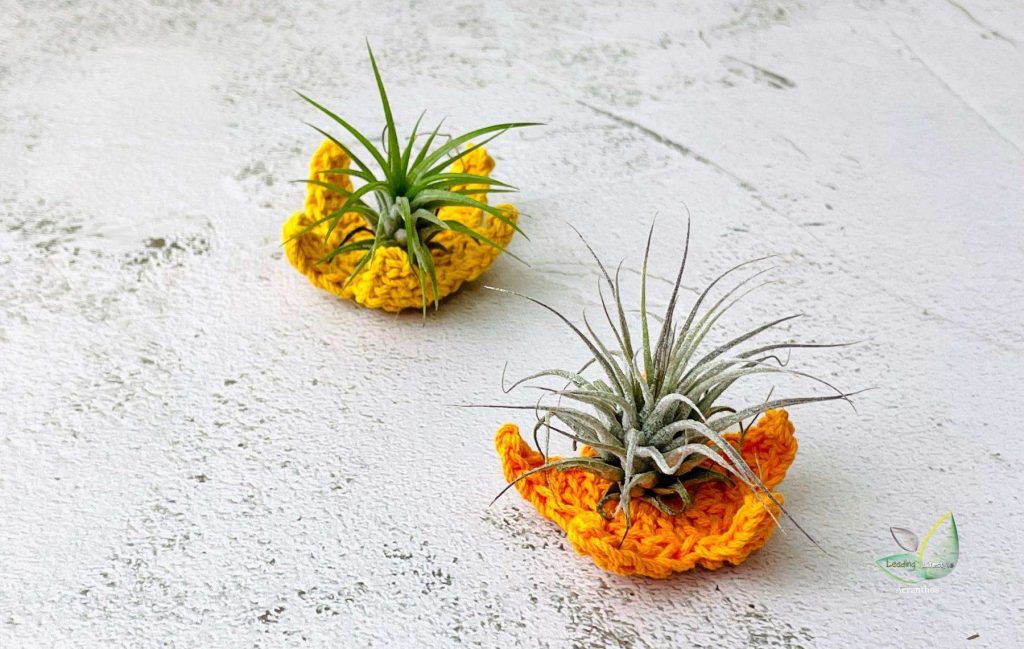

- 7. Bulbosa (Guatemala + Belize)
The T. bulbosa type of air plant is unique and makes a statement wherever it is displayed. Its leaves look like tentacles and its bases are bulbous. The T. bulbosa Guatemala is the smallest type of bulbosa. It is the right size for terrariums. The T. bulbosa belize is the bigger type with darker green leaves.
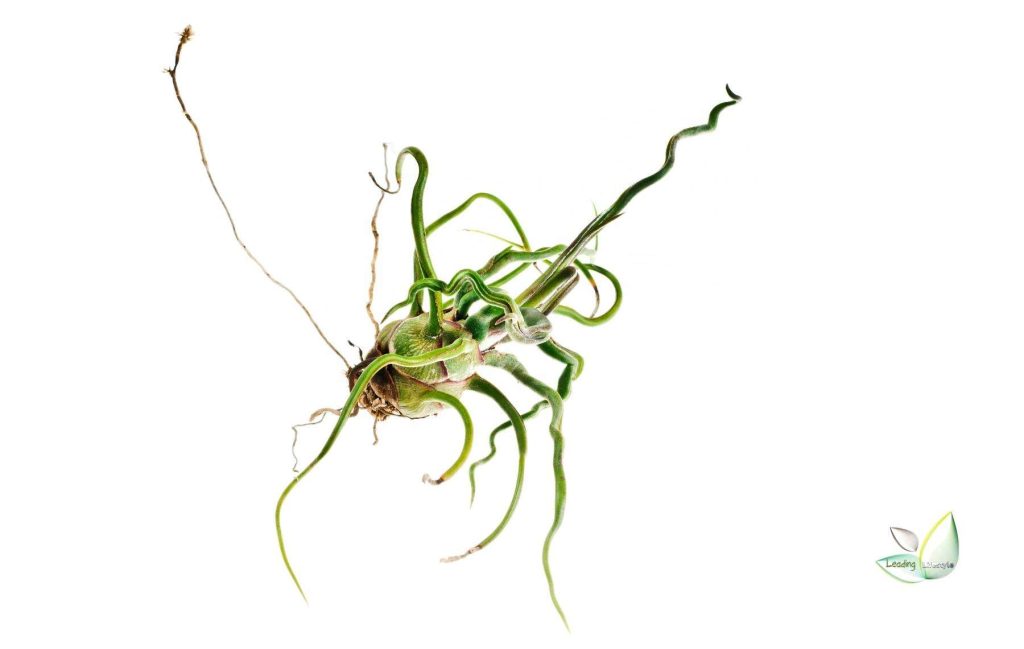

- 8. Caput Medusae
This fuzzy air plant that looks like a sea creature has a lot of trichomes and comes from Central America and Mexico. Because of their trichomes, these can handle more sunlight and less water than most air plants. The Greek monster Medusa inspired the name of these cool air plants.
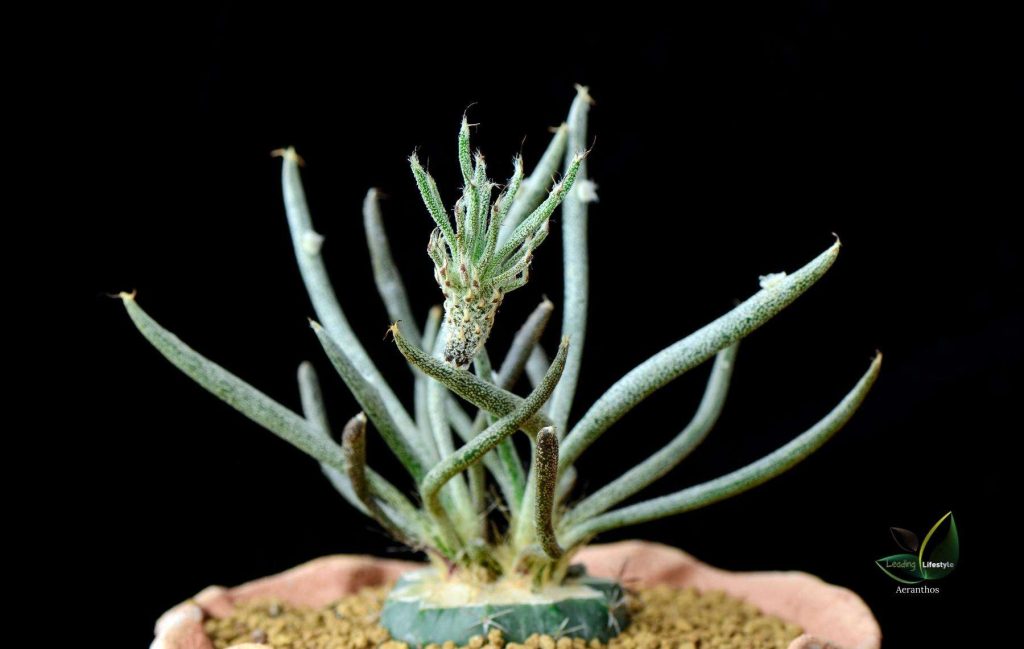

- 9. Streptophylla
Because of the way its leaves curl, the Tillandsia streptophylla is called “Shirley Temple.” The name “streptophylla” means “with twisted leaves.” This unique and curly species is a xeric Tillandsia, which means it does best in drier conditions. When the leaves don’t have enough water, they curl into tight rings. This beauty has a beautiful pink flower that is covered in tiny hairs.
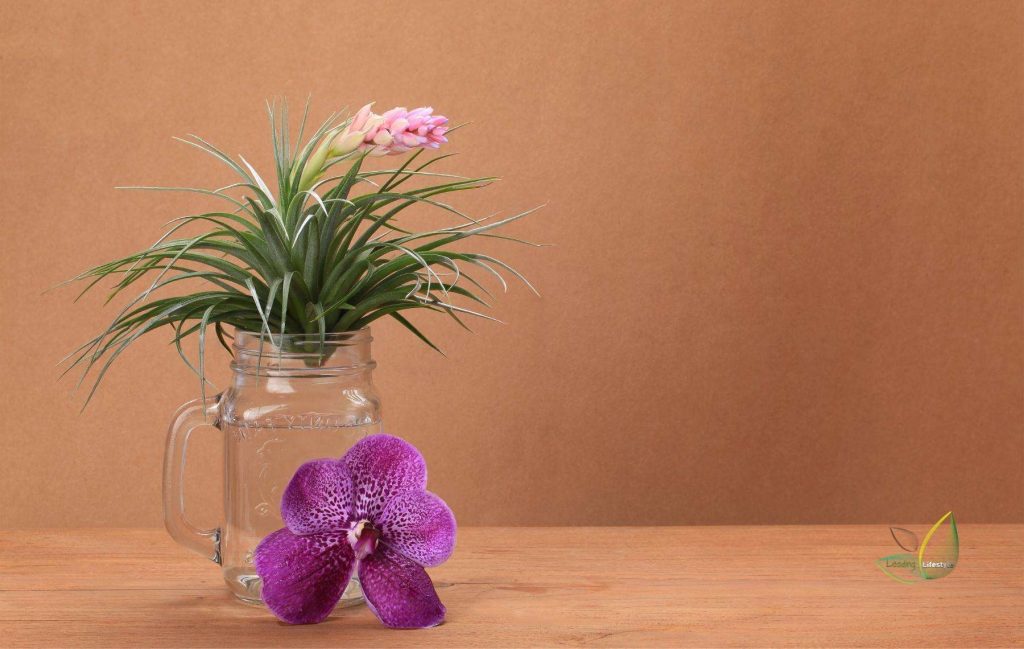

- 10. Tectorum Ecuador
Tillandsia tectorum Ecuador, which looks like a fuzzy snowball, is one of our favorite air plants. These rare little plants come from the high Andes mountains of Ecuador and the deserts along the coast of Peru. In these dry places, they get all the water they need from the air through their fuzzy hairs, which are called trichomes.
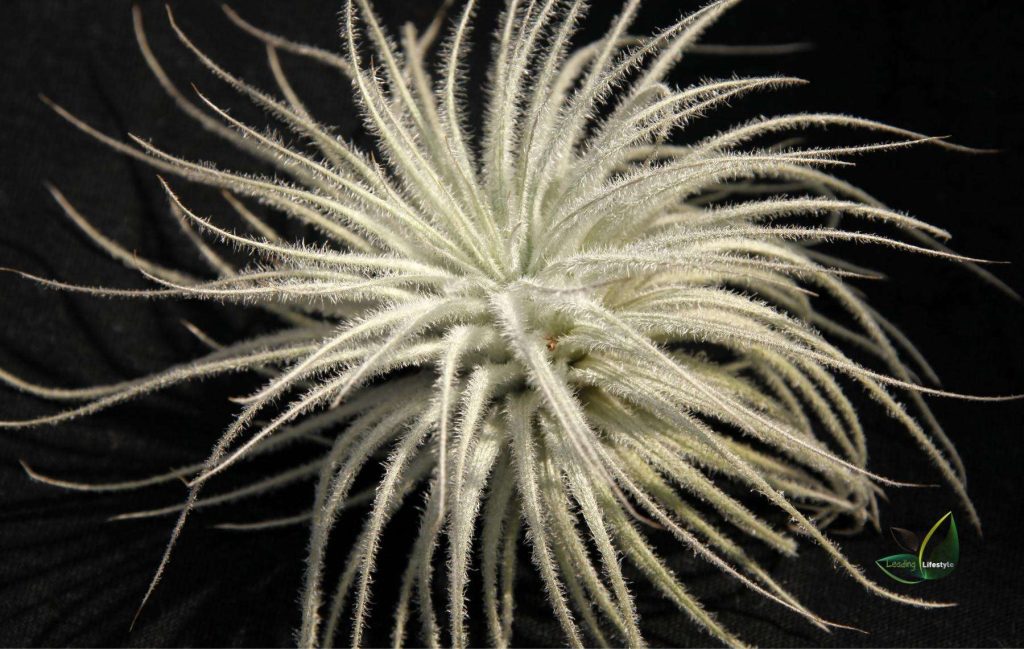

How to water an air plant
Air plants may not require soil to grow, but they require water and the proper amount. And for numerous trailing air plants, misting is insufficient. They require submersion in water.
Their leaves contain trichomes, which are capable of absorbing water and nutrients. Since they cannot absorb enough moisture from the air inside your home, you must regularly mist them and, if possible, soak them in a bucket of room-temperature water once a week for 20 minutes to one hour.
Not all air plants are alike, and the amount of water they require depends on their origin. Those who live in the drier parts of the Americas can get by with just two good mistings per week, while those in the rain forest will need four good drenchings.



Your plant will indicate when it needs watering. Close inspection reveals that the leaves are beginning to roll or curl more than usual. Brown leaf tips indicate the plant is not receiving enough water. The finer the leaves, the more frequently the plant will require water, and green leaves require more water than silvery leaves.
Shake the plant after watering to remove excess water from the center, or place it upside down on a towel to drain. The plant’s crown can rot if water is allowed to stagnate there. Air plants can only live as long as they get enough water.
Numerous trailing air plants have beautiful, exotic flowers.
Additional Tips for Caring for Trailing Air Plants:
Tillandsias bloom only once in their lifetime. Depending on the variety, these beautiful flowers can last from a few days to a few months. After flowering, the plant will initiate the production of pups. They can be removed when they are one-third and one-half the size of the mother plant. This can take up to a year! The mother plant eventually dries up and dies.
Fertilizing:
- When fertilizing bromeliads or orchids, use a water-soluble fertilizer diluted to half-strength.
- Before soaking the plants, add the solution to the water.
- Fertilize once per month during spring and summer, but avoid overfertilization.
They don’t require much fertilizer to thrive.
Light:
They don’t need a lot of sunlight, but they like a room with windows that get 4 to 6 hours of bright, filtered light each day.
If you want to place them in glass jars, keep in mind that they need air flow, so please don’t put them in closed terrariums. Trailing Air plants are so named for a reason!
They perform best in a dish garden. Please do not place them on anything that retains moisture, such as moss or soil, or they may rot.
Do not plant them in soil. Ever. Enjoy their freedom from the soil, and place them in inventive locations!
Have fun figuring out how to showcase your new plants!
Where to buy Trailing air plants
FAQ's about Air Plants
An air plant is a type of succulent that requires very little water and is ideal for people with low maintenance expectations. Air plants are available in various shapes and colors, making them ideal for any room or office. They also have numerous advantages, such as purifying the air, reducing stress, preventing allergies, and emitting an aquatic scent.
All you have to do now is ensure the new room has enough light and airflow and water the plant as needed. Aside from that, air plants are extremely simple to relocate; all you need to do is ensure that the new room has adequate light and air circulation.
The ideal watering schedule for air plants will vary depending on their specific needs, so there is no one-size-fits-all answer. Many people, however, believe it is mandatory to water their air plants daily. However, this isn't always necessary, and some plants can survive for a few days without water. When watering your air plant, ensure the soil is moist but not wet - a few drops of water should be visible if you squeeze the pot. Also, remember that air plants prefer humidity, so mist them with water regularly or use a humidifier.
Keeping an eye on how much water your air plant's tank uses and cleaning off any debris can help you ensure that your plant is always getting enough water. There is no set time for changing the water in your air plant's tank; as long as it receives adequate water, it will be fine. A humidifier can also help your air plant thrive by increasing the humidity levels in your home. If you notice any wilting or browning of the leaves, you should begin changing the water more frequently.
The most important aspect of caring for an air plant is ensuring it receives plenty of fresh air. Open the plant's windows and doors to allow as much light and fresh air as possible. Second, ensure the soil around the roots of the air plant is moist - if it feels dry, add some moist soil to its pot. Finally, keep an eye on the air plant's water requirements; if it appears dehydrated, add some water to its pot.

